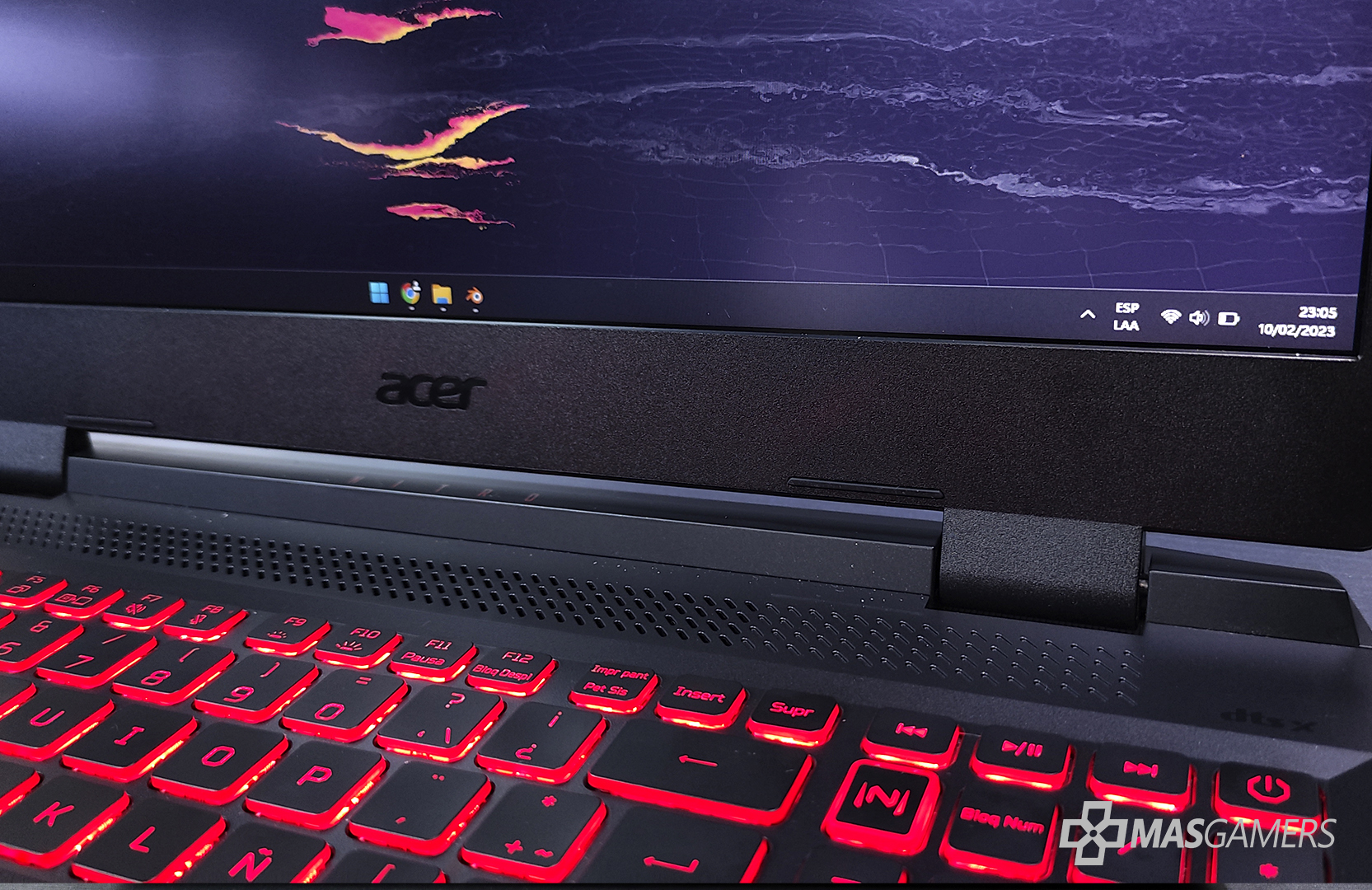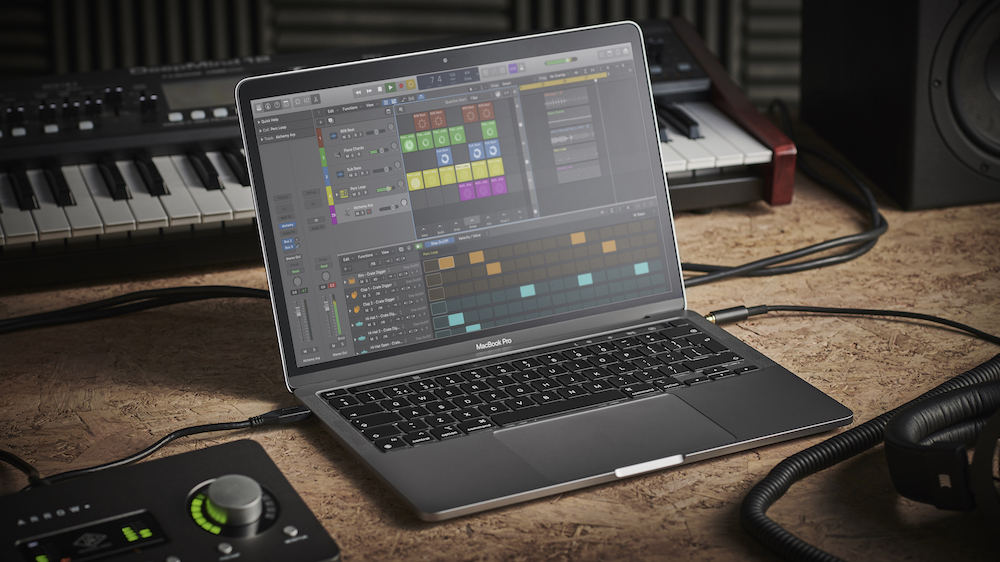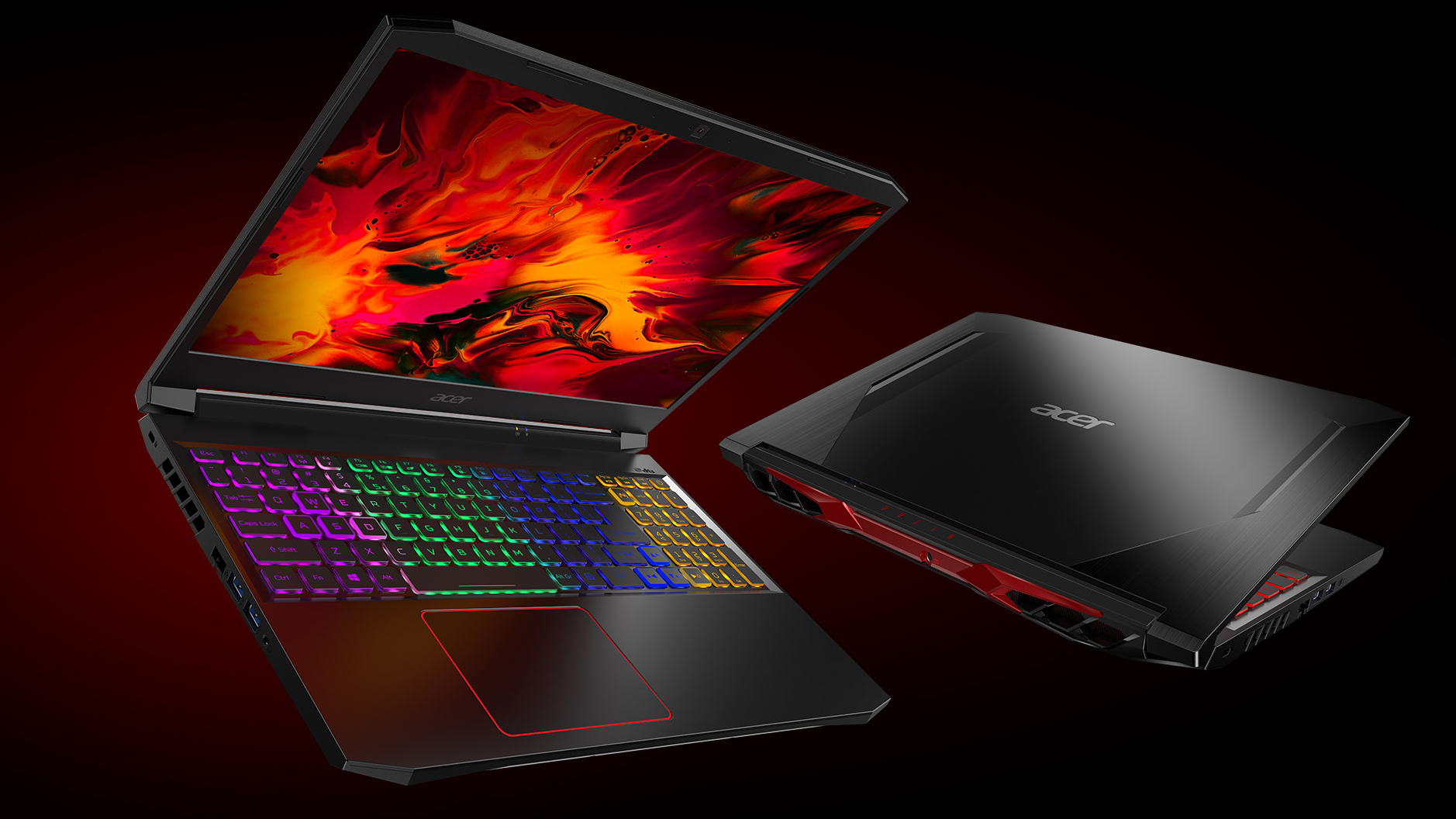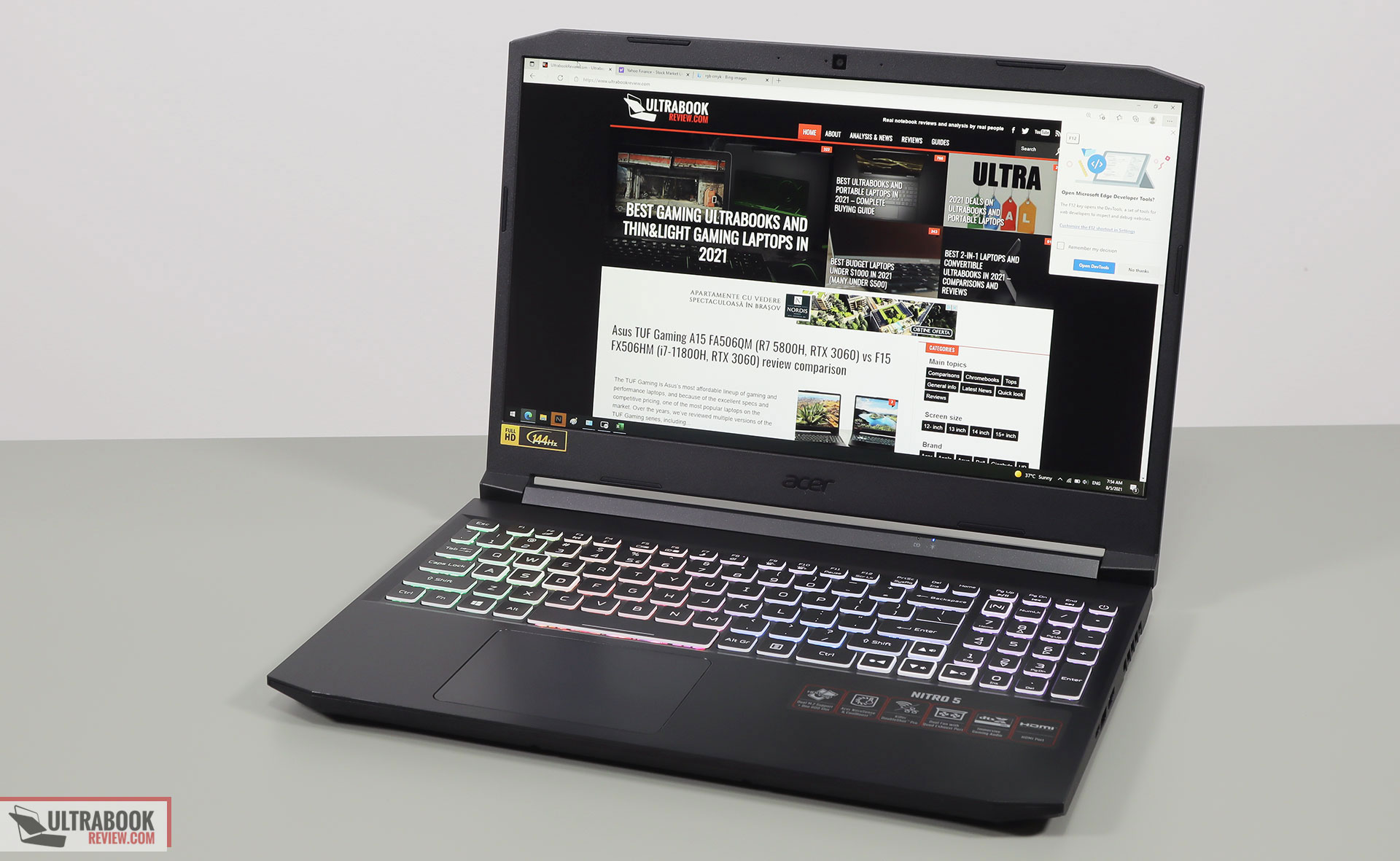Is Acer Nitro 5 Good For Music Production

The Acer Nitro 5, a popular gaming laptop, often touted for its affordability and performance, finds itself under a different kind of spotlight. Can this machine, designed for fragging and fast-paced action, also handle the intricate demands of music production? The answer, as with most things in the tech world, is nuanced and depends heavily on individual needs and expectations.
This article delves into the capabilities of the Acer Nitro 5 as a platform for music creation, exploring its strengths and weaknesses in terms of processing power, memory, storage, audio interface compatibility, and overall user experience. We will examine whether its gaming-centric design adequately translates to the demands of digital audio workstations (DAWs) and virtual instruments (VSTs), offering a comprehensive assessment for aspiring music producers considering this laptop as their studio centerpiece.
Processing Power: Can it Handle the Load?
At the heart of any music production setup is the CPU, and the Acer Nitro 5 typically comes equipped with Intel Core i5 or i7 processors, or AMD Ryzen equivalents. These processors, while capable for gaming, can face challenges with larger music projects containing numerous tracks, plugins, and virtual instruments. DAWs like Ableton Live, Logic Pro X, and FL Studio can be resource-intensive, especially when utilizing complex effects or sample libraries.
A faster processor, such as an Intel Core i7 or AMD Ryzen 7, will generally provide a smoother workflow and allow for more complex projects. However, even with a powerful CPU, thermal throttling can become an issue under sustained heavy loads. This is where understanding the specific Nitro 5 configuration is crucial; some models offer better cooling solutions than others.
Memory and Storage: Avoiding Bottlenecks
RAM is another crucial factor. 8GB of RAM is the bare minimum for basic music production, but 16GB or more is highly recommended, especially when working with large sample libraries. The Acer Nitro 5 usually comes with 8GB or 16GB of RAM, and fortunately, it’s often upgradeable.
Storage is equally important. A fast solid-state drive (SSD) is essential for quick boot times, DAW loading, and sample access. While some Nitro 5 models come with both an SSD for the operating system and a hard disk drive (HDD) for storage, upgrading to a larger SSD or adding an external SSD is a worthwhile investment for serious music production.
Audio Interface Compatibility and Latency
While the internal sound card of the Acer Nitro 5 might suffice for casual listening, a dedicated external audio interface is almost mandatory for serious music production. This is because external interfaces offer better audio quality, lower latency, and more input/output options for microphones, instruments, and studio monitors. Fortunately, the Nitro 5 typically works well with a variety of audio interfaces through its USB ports.
Latency, the delay between playing a note and hearing it through the speakers or headphones, is a critical concern. High latency can make it difficult to record and perform in real-time. A good audio interface, coupled with optimized DAW settings, can minimize latency to an acceptable level.
The Gaming Aesthetic and Potential Drawbacks
The Acer Nitro 5's aggressive gaming aesthetic might not be ideal for all music production environments. The red accents and angular design might feel out of place in a more professional studio setting. However, this is largely a matter of personal preference.
More practically, the keyboard, while suitable for gaming, might not be the best for prolonged typing or intricate MIDI editing. A separate, dedicated MIDI keyboard is often preferred by music producers. Also, the fan noise, especially under heavy load, can be distracting during recording sessions and might necessitate using noise reduction techniques.
Alternative Perspectives and User Experiences
Online forums and user reviews paint a mixed picture. Some users report successfully using the Acer Nitro 5 for music production, particularly for beatmaking and electronic music genres, emphasizing its affordability and portability. Others highlight its limitations in handling large orchestral projects or complex mixing tasks, recommending more powerful machines with better cooling.
Ultimately, the suitability of the Acer Nitro 5 for music production depends on the producer's specific needs and budget. For beginners or those working on smaller projects, it can be a viable option. However, professionals or those tackling larger, more demanding projects might find its limitations frustrating and should consider investing in a more powerful, purpose-built machine.
Looking Ahead: The Future of Mobile Music Production
The trend of mobile music production is only set to grow, and laptops like the Acer Nitro 5 will continue to play a role. As processors become more efficient and cooling systems improve, even budget-friendly gaming laptops will become increasingly capable of handling the demands of music creation. The key is to carefully assess the specific configuration and limitations of each model and to understand the requirements of your own music production workflow.
Future iterations of the Nitro 5, with improved processors, enhanced cooling, and faster storage options, could potentially bridge the gap between gaming laptops and dedicated music production workstations. For now, it remains a compromise, a stepping stone for aspiring producers who are willing to work within its constraints.


















